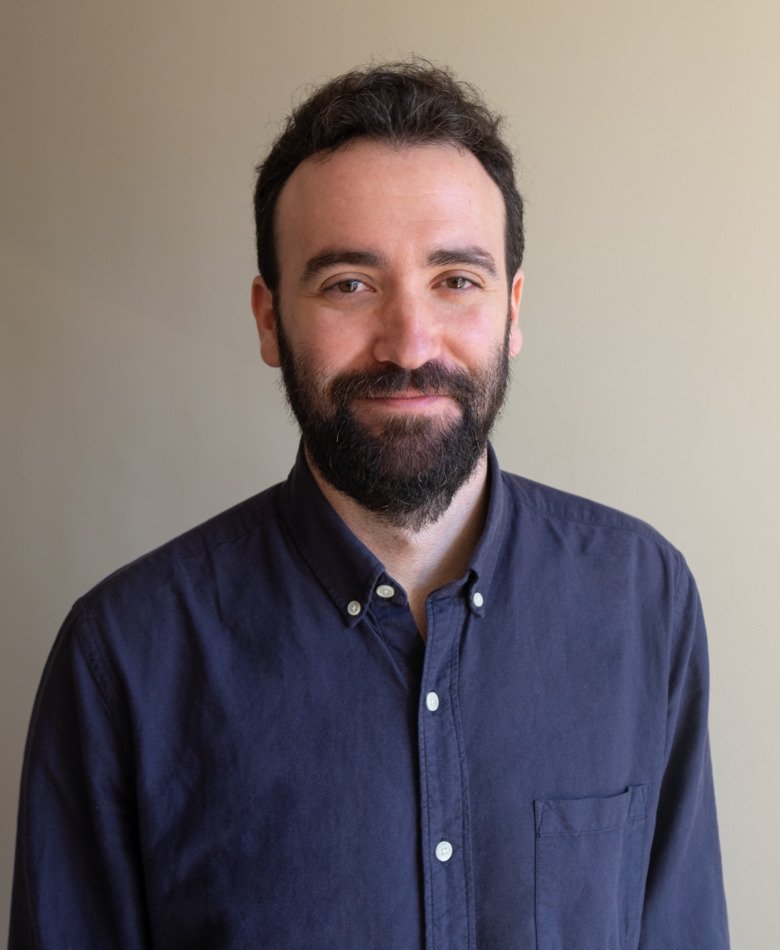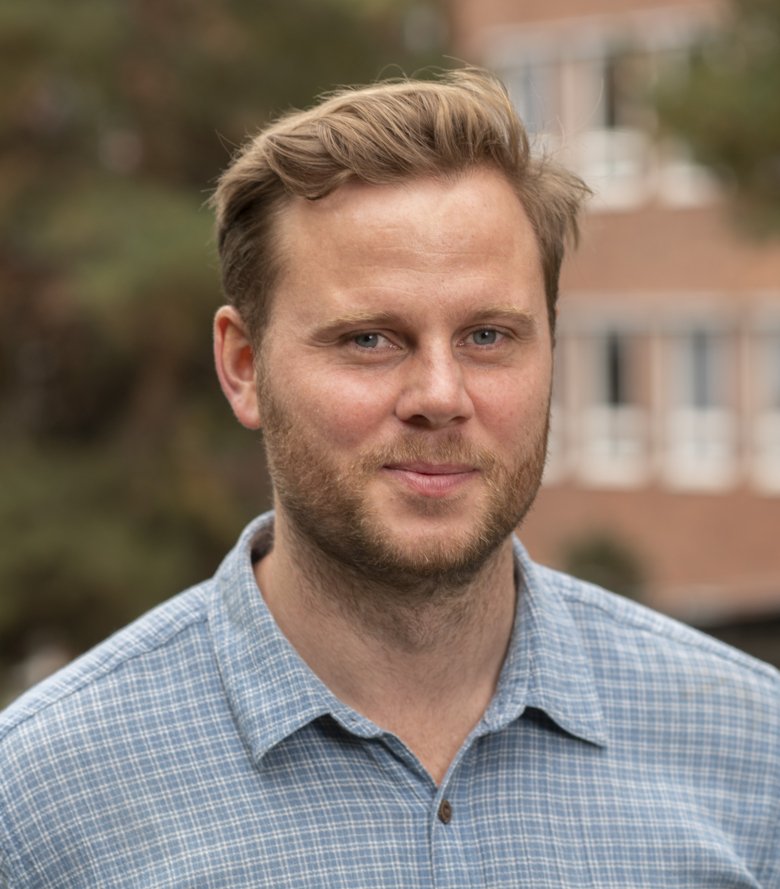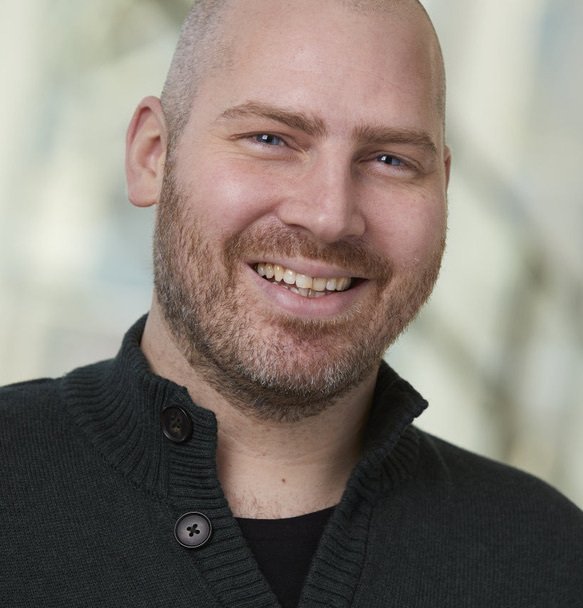Three projects receive StratNeuro 2022 Startup Grant

StratNeuro has awarded SEK 1,000,000 in start-up grant 2022 to Enric Llorens, Arvid Guterstam and Jeroen Goos.
The StratNeuro Start-up Grant is intended to support outstanding Neuroscience researchers at the beginning of their careers, who have received a VR starting grant or a Karolinska Institutet assistant professor grant.
Enric Llorens, Postdoctoral researcher at the Department of Cell and Mocular Biology, for his project entitled "Engineering regeneration in the central nervous system".
Arvid Guterstam, Assistant Professor at Department of Clinical Neuroscience, for his project entitled "The Mind Beam hypothesis: a novel mechanism for social perception of others’ Attention".
Jeroen Goos, Assistant Professor at the Department of Clinical Neuroscience, for his project entitled "Tearing down the walls of brain cancer: delivery of radiopharmaceuticals across the blood-brain barrier".

We got in touch with Enric, Arvid and Jeroen to ask them about their projects.
Enric, tell us about your project!
During development, cells know which genes to turn on to generate the thousands of neurons that build up our brain and spinal cord. In adults, access to this genetic information is lost and these tissues regenerate poorly. I aim to reactivate developmental genes in adult cells using innovative tools to promote central nervous system regeneration.
What does this grant mean for you and for your research?
This start-up grant is a great opportunity to accelerate the project, start recruiting students and for our research to gain visibility. The project bridges several fields - from developmental neuroscience to genomics to functional studies in preclinical animal models - and the StratNeuro grant will facilitate the interaction with other neuroscientists working in these areas. Our goal, in the longer term, is that our research will set the foundations to develop the next generation gene therapies for patients with spinal cord injuries and other locomotor disorders. It is an exciting time and can’t wait to get started!
Is anyone else involved in the project?
Absolutely, it's a team effort, starting with my first recruits. I am also grateful to my postdoc supervisor Jonas Frisén for the opportunity to begin to explore some of these ideas while in his lab. Down the line I am excited to work together with Marie Carlén at the Department of Neuroscience here at KI, and Eva Hedlund at Stockholm University, to study the function of newly generated neurons.

Arvid, could you give a brief description of your project?
I will study how our brains represent the attention of other people. This basic social cognitive process is important for so-called “theory of mind”, which refers to our ability to attribute mental content, such as beliefs, intentions and emotions, to others. One of the main goals of this project is to investigate how autistic people process others’ attention, and if they can boost this ability through cognitive training to enhance general social cognitive performance.
What does this grant mean for you and for your research?
This start-up grant is a fantastic opportunity for me and my team, and will lead to a better understanding of how our brains build internal models of other people’s mental states.
The first step will be to establish the research group and recruit a devoted team of people interested social cognition, brain imaging and autism. The years to come will be productive and lots of fun!
Who are you collaborating with in this project?
One proposed study will involve eye tracking measurements in one-year-old infants. For this study, I will collaborate with two developmental psychologists, Lauren Emberson at the University of British Columbia, Canada and with Naiqi Xiao, at McMaster University, Canada.
How can your research influence patient care and treatment?
The ultimate goal of this project is to identify new diagnostic and therapeutic methods in autism. If successful, this project could lead to a new type of ‘mechanism-focused’ therapy to enhance social cognition in autism through cognitive training based on real-time brain imaging.

Jeroen, tell us about your project?
My ultimate goal is to develop novel and effective nuclear medicine strategies for the treatment of patients with brain cancer. More specifically, we are developing a minimally invasive approach to deliver therapeutic radionuclides across the blood-brain barrier. For this, we are using a peptide from scorpion venom and a state-of-the-art antibody that is engineered to cross the blood-brain barrier to bind to tumour cells. As a next step, therapeutic radioligands are injected that rapidly react to the peptide or antibody at the tumour site. This results in local therapeutic irradiation of the cancer cells, without causing damage to healthy tissue.
What does this grant mean for you and for your research?
This grant will help me to establish my own, independent research group at KI and will elevate our experimental approach. With this generous contribution from StratNeuro we will be able to provide proof-of-concept in innovative three-dimensional cell models and in cutting-edge murine brain cancer models.
On top of that, being awarded this grant confirms that we are on the right track with our research. Preliminary results obtained within this grant will hopefully help with securing additional funding in the future to continue our work.
Is there anyone else involved in the project?
Yes, this work is being made possible with the help of my great collaborators! In particular, Staffan Holmin and Thuy Tran from KaroIinska Institutet, as well as Fredrik Swartling and Greta Hultqvist from Uppsala University.
How can your research influence patient care and treatment?
If successful, our approach might reduce the need for invasive, risky surgical interventions in the future. The biggest impact, however, would be the prolonged survival and successful treatment of patients with brain cancer, with minimal side effects and a high expected quality of life.
